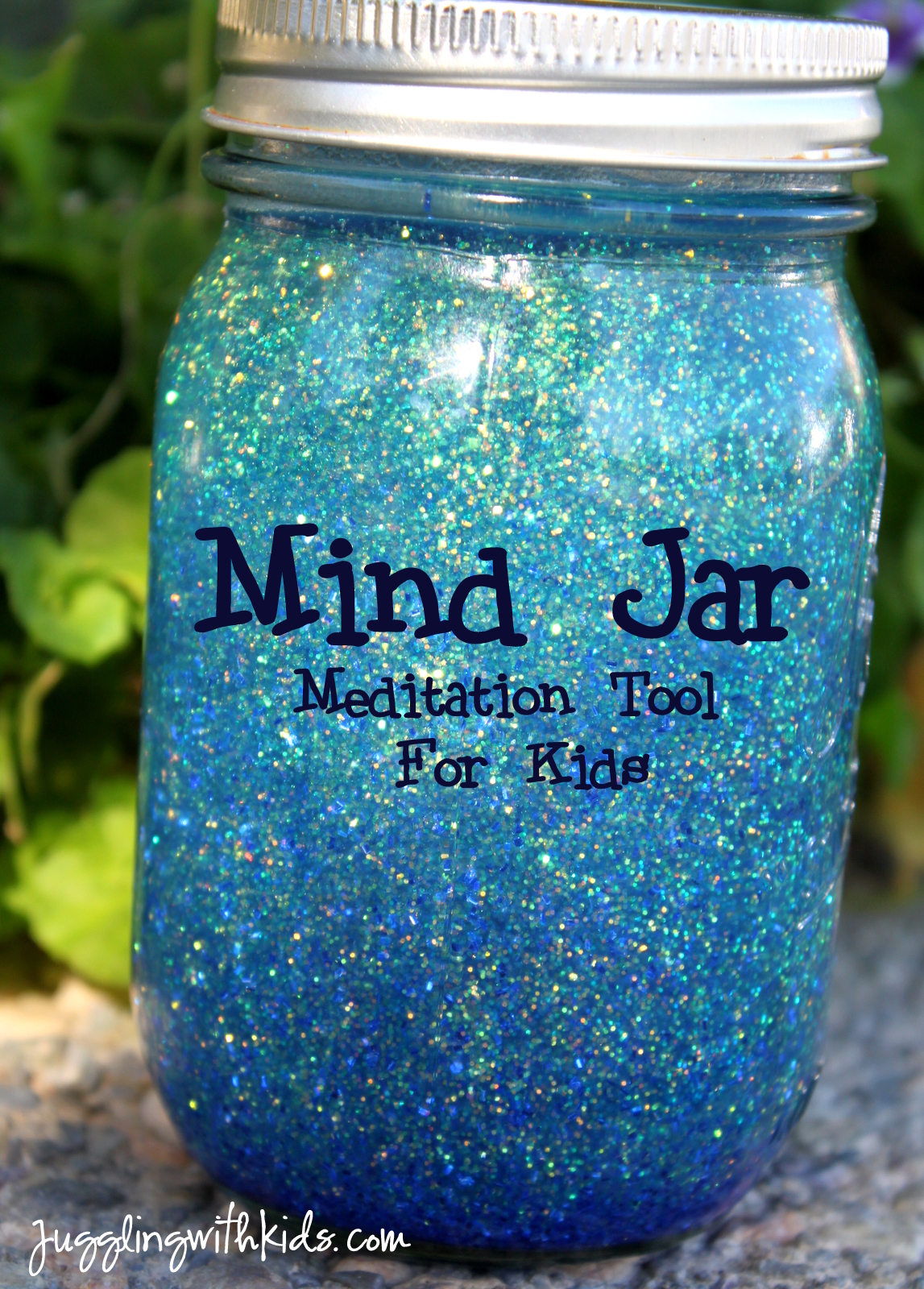It is far more easier to present Mindfulness to children than to adults. Do you know why? Because children live in the present moment and every day they teach us to be aware, present and focused on here and now. They remind us that our lives are happening right now and not in the past or the future.
Here are some suggestions for Mindfulness activities you can do with children:
Breathing Buddies
You can ask children to bring their favorite small stuffed animal, or an interesting object (for example, they can color rocks and write something inspirational on them and use them every time they meditate) and if there is enough place in the room, have the children lie down on the floor and place their breathing buddies-stuffed animals on their bellies. Tell them to breathe in silence for one minute and notice how their Breathing Buddy moves up and down, also ask them to notice any other sensations they are experiencing.You can tell them to imagine that all the thoughts coming into their minds can be observed just as the clouds passing by in the sky. Thanks to the Breathing Buddy this meditation experience can be a more friendly and relaxed for them.
A Mind Jar
A Mind Jar is great tool for presenting Mindfulness to children, a tool to use whenever a child feels stressed or upset. A suggestion is to try out this activity with children several times before when they are feeling calm as well. Children can imagine the glitter as their thoughts, and when the jar is shaken they can imagine their heads full of unpleasant thoughts, then watch them slowly settle while they calm down. Here is the instruction how to make a mind jar: http://www.jugglingwithkids.com/2011/10/mind-jar.html

Name that smell
Gather various items for children to smell: a candle, honey, vanilla, mint, lavender, a piece of orange, lemon etc. Tell them to close their eyes and breath in the scent, trying to focus on the smell as well as to notice how they feel. For example: “Vanilla makes me feel sleepy”, “Orange makes me feel energetic”.
What is it?
Gather various small objects in a bag. Ask each child to put and take one object from the bag keeping the eyes closed during the whole game. Give them some time to hold the object without telling anything about it, encourage them to notice different characteristics of the object. Ask each child question about their object: from what material is it made, is it soft or hard, is it warm or cold, what is the purpose of it and in the end, they can name the object.
Try to remember this: practicing mindfulness doesn’t have to be something very organized and planned in your daily schedule. It can be as simple as listening to the sounds and noticing smells while you walk with children, talking about how different songs make them feel, or about things we are grateful for which happened during the day and many more!







